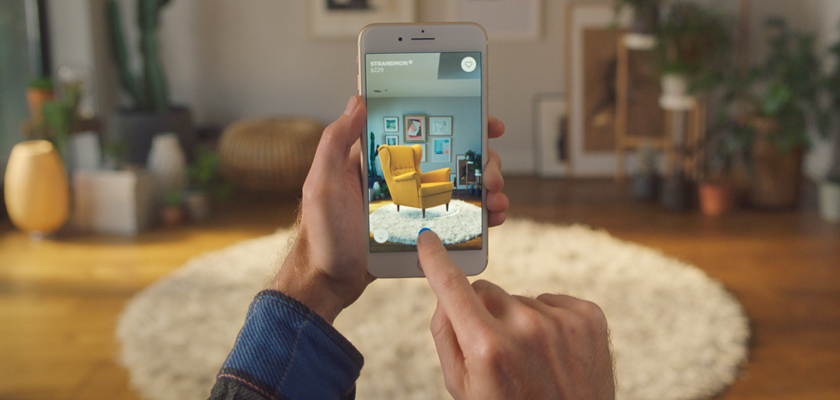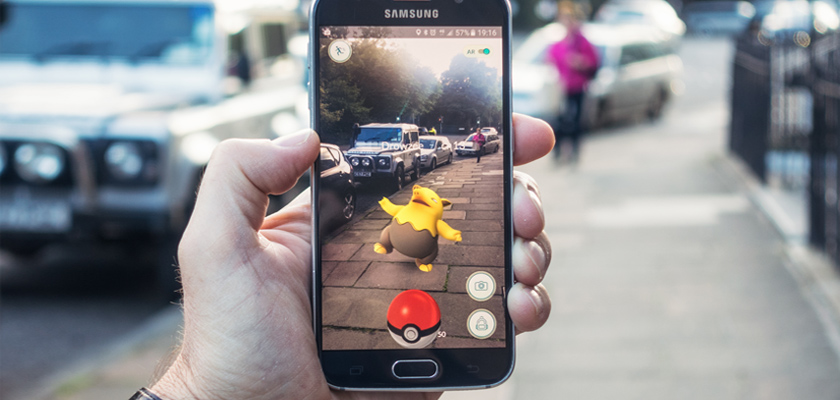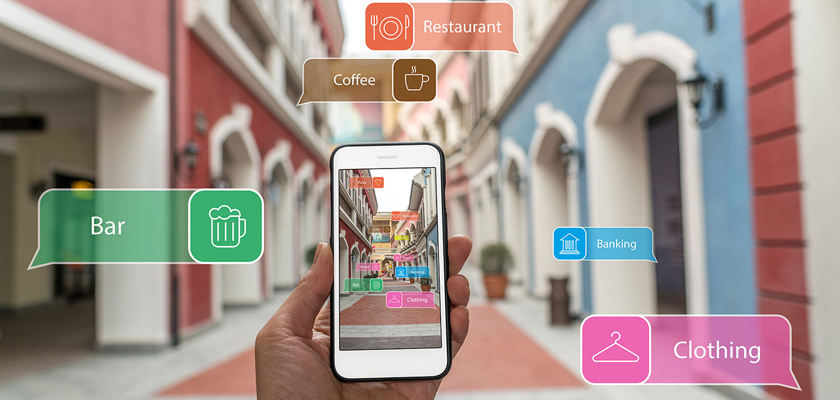In the previous years, it was Virtual Reality that gave people a glimpse of the 3D world. Although when it really was invented and first used remains vague, with some records showing that it was first used around the 1930s. It was in the 1990s that it become widely popular because of its integration into the gaming technology.
However, Virtual Reality was not limited to gaming applications and devices. With its haptic system and other advanced technology, VR has been used in more complicated studies and researchers in the fields of Mathematics and Science.
These days, another technology, close but entirely different from Virtual Reality, Augmented Reality has made quite a massive acceptance all over the world, and most popularly known in the gaming and entertainment industry.
Although the application of Augmented Reality technology sounds really techy and, sometimes maybe, a little out of this world, the concept was first referenced by the Wizard of Oz author L Frank Baum in 1901.
However, the term Augmented Reality was first coined in 1990 by Tom Caudell and David Mizzel.
Augmented Reality is defined as the technology that incorporates real-time inputs from the existing world to create an output that combines both real-world data and some programmed, interactive elements which operate on those real-world inputs.
Often times, people misidentify Augmented Reality to Virtual Reality. Augmented Reality is a virtual enhancement to the real world. It adapts to the changes without the prompt of a command.
In the other hand, Virtual Reality involves simulated setting with virtual or fabricated elements, and the user is mostly isolated from the real world. Both technologies, however, have in common the capability to respond to user actions and interactions with the environment.
One popular event that many people mistook as Augmented Reality technology was the appearance of a Michael Jackson hologram in a concert held post his death. The hologram failed to interact with the environment. Thus disqualifying it from being a product or example of AR technology.
Common examples that this technology can be seen are in apps like Pokemon GO, Snapchat, and the HoloLens from Microsoft.
Pokemon GO
Microsoft, HoloLens for Business
Augmented Reality technology is gaining widespread acceptance worldwide. Its development speed is irrevocably high, as more and more benefits and investment returns are being observed and expected.
In Dubai alone, where the technology was first introduced only recently, has become very popular among businesses.
AR is not only a success in gaming and entertainment apps. However, in other apps that are helpful in boosting Dubai workspaces productivity, also in aiding in technological advancements, and in producing more efficiency and convenience in the implementation of other aspects in technology.
Just like any other technology known to man, the UX or User Experience is equally important in the developments for Augmented Reality apps.
UX is not solely focused on the usability of the product. It’s also focused on the pleasure that the product should be giving the user. For UX developers, they are mindful of all their inputs to provide an AR output that is satisfactory and will not overwhelm users.
In the conceptualization of the UX of an AR app, the design should take into consideration the long-term use of the product. User experience does not just end at the first use of the product. It is progressive as the time will be used in longer stretches of time.
One basic rule in designing the User Experience of an Augmented Reality app is to keep it simple.
Here are five other important factors that should be taken into consideration when developing an AR app in terms of UX according to Tyler Wilson, a UX/UI designer at the Helios International.
Environmental Design
The environmental context is an important factor that needs to be taken into great consideration. Because it places a heavy bearing in the placement of the UI and other design factors like the colors and sizes.
The user’s context is the place he is in and it could be anywhere.
Interaction Design
This factor is complicated and has many elements to consider. As the user’s device (e.g. Phone or Hololens) is their “window” to the AR world, how the user will be interacting with the fabricated elements should be ergonomic.
Placements of buttons and the interface need to be carefully planned that the design will be comfortable to the user.
Audio and Visual Cues
Visual cues are important elements to make the user see or look around the UI of the app to know which part he can interact with and how to do so. Giving feedback to the user about what is going on in the AR environment should enhance the interaction.
Using hover states and adding in easy-to-discover gesture prompts make the experience delightful to the users. Like visual cues, audio cues are intended to make the experience more pleasurable to the user. It promotes interaction and for the user to look around the AR environment if the app.
Colors and Texts
The science of Color Theory is very much applicable in AR apps as it does on other forms of media. For example, the color red means stop or caution, while the color blue promotes calm and has taken the title as the color of technology and of the future.
High-contrast colors in the opposite side of the color wheel may not be visually friendly to user and so should be avoided. Light colored texts in dark background; and vice versa are also applied. Additionally, the Sans Serif fonts are better choices that Serifs. Keeping the text short and concise should also be considered.
Innovations
Innovations are always encouraged in any endeavor. However, innovations in designing AR apps should be in small doses. Too much changes can take away the comfort factor of the app and may scare users from using it. Sticking to familiar gestures like pinching, swiping, and tapping make users comfortable using the app.
The market for AR apps is still has a long way to go, but its future is quite promising as it looks. In Dubai alone, investment returns are foreseen to be in really huge figures.
More and more people are accepting the futuristic appeal of Augmented Reality and are optimistic about where it can make life better, especially in the integration of this technology in healthcare and other important fields of study.





